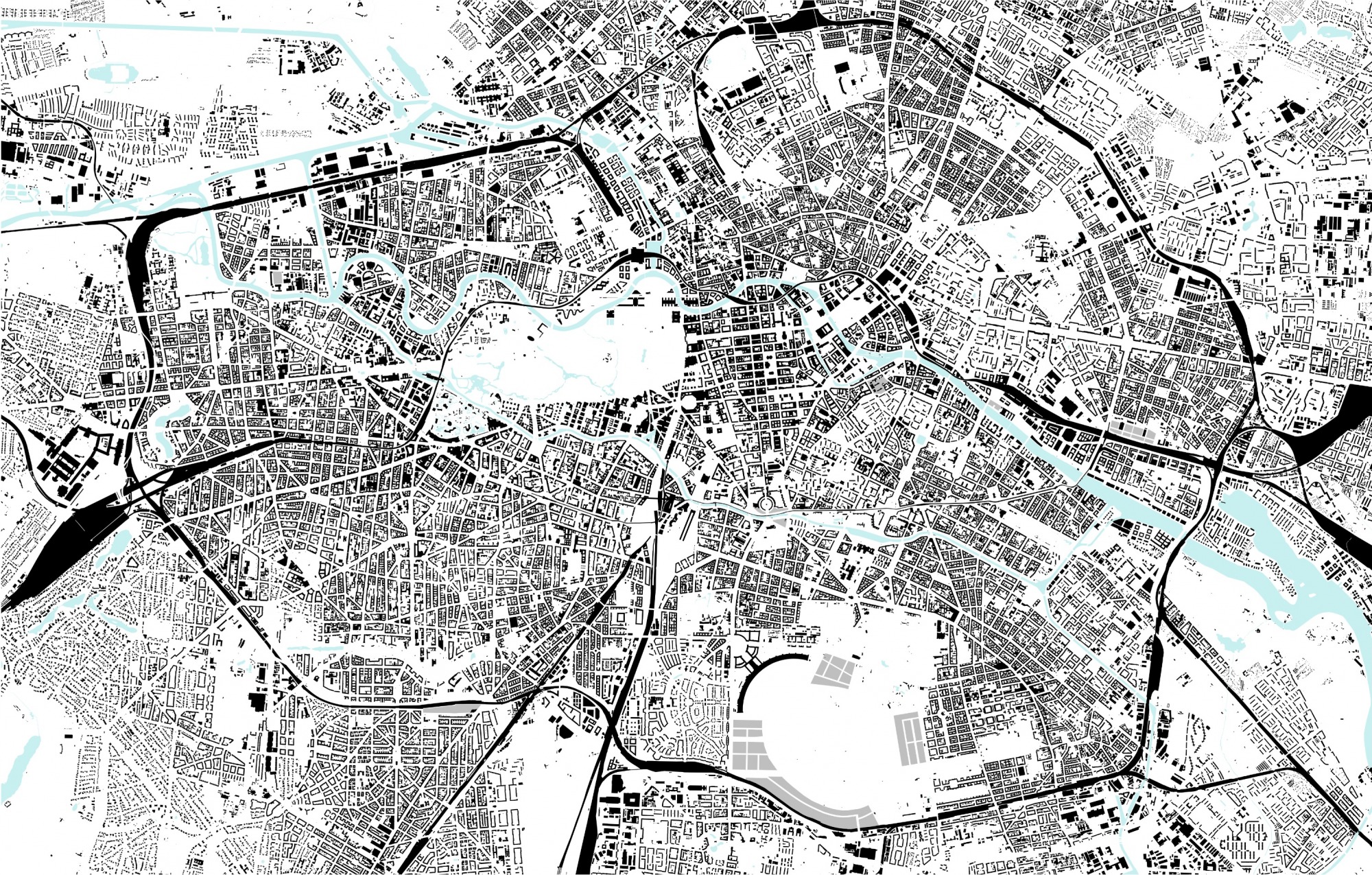Editorial

Dear readers,
The new year begins like the previous one: with the hope that the pandemic will soon be over and that normality will quickly return to our private and business lives. Circumstances continue to wear on our nerves at various levels, whether in our leisure time or due to the ongoing disruptions of global supply chains as well as the additional regulations in the professional context. Even though I am more a friend of action than anxious waiting, and our construction sites and operations have not been affected so far, patience remains the order of the day.
However, I hope that this year will bring certainty for the future, at least on some points. This applies not least to the real estate sector. The new federal government and the Berlin Senate have taken up their work in changed constellations - concrete effects are not yet noticeable, but they are on the horizon. Particularly in residential tenancy law and the supposed conflict of interests between owners and tenants, the FDP as the new coalition partner in the federal government was able to prevent some worst-case scenarios such as a nationwide rent cap, but a fundamental departure from the ideological misunderstandings of the past years is not in sight.
It will also be exciting to see how the dialogue between business, politics and society on building energy and climate protection measures develops. The importance of sustainability for investors has increased noticeably in 2021, and the signals from politics at least give faint hope for increased support in the residential and commercial sectors in order to fairly distribute the burdens of this immense challenge. But of course there are other areas where much needs to be done. In this newsletter you can read, among other things, how state equity loans could finally strengthen home ownership in Germany - in a guest article that I already wrote last year for Handelsblatt Inside Real Estate, but which has lost none of its topicality.
Despite all the criticism, I would like to emphasise one thing in conclusion: It would be a big mistake to look too much to others in 2022. There is still huge potential for growth and development. Technically, many things are now possible that seemed far away a few years ago. Especially in Berlin, many exciting structural and urban planning processes are underway or have already been initiated. In this newsletter we take a detailed look at Neukölln, the most dynamic district in our view. And even the pandemic is producing creative new processes and solutions that will certainly benefit the real estate industry.
I am very much looking forward to the many new tasks and projects that will arise and wish you good luck and much success for 2022. Stay healthy!
Yours, Stefan Klingsöhr
1_Trending
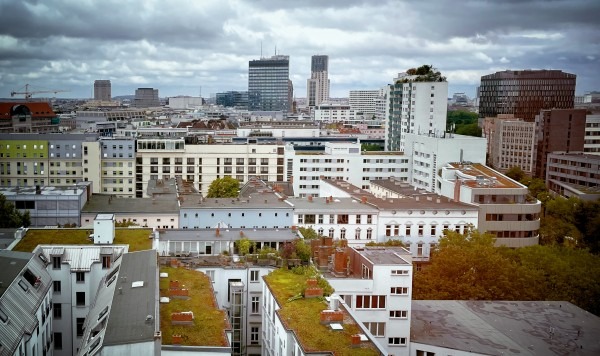
What can we expect in 2022?
Home ownership remains a German problem child
Germany is and will remain a country of renters - this is likely to remain the case even under the new federal government. Although home ownership is one of the central pillars of wealth creation, and homeowners have on average more than ten times as much income as renters, the imbalance thus remains. How the German home ownership rate, which is extremely low in international comparison, could be effectively increased can be read in the article "Equity loans to eye level on the housing market", which Stefan Klingsöhr wrote for Handelsblatt Inside Real Estate in the summer of 2021 and which we would like to take up again in this newsletter.
Sustainability is becoming the rule
It has been clear for a long time, but at the latest with the presentation of the Commission's draft for the future EU taxonomy for sustainable business it is also becoming tangible: "Sustainability" is not a flash in the pan, but will not let go of the real estate sector for the time being, just like all other economic sectors. With the new criteria for investments, it will also become increasingly important for project developers and property owners to analyse and transparently communicate the local and global consequences of their own activities. From the many detailed questions on the concrete implementation in practice, there will be a lot of need for discussion in 2022 - and a lot of room for new successes.
New impetus from the traffic light coalition
The political outlook is not entirely gloomy even after the Bundestag elections and the elections to the Berlin House of Representatives in autumn 2021. The efforts announced by the traffic light coalition to reduce building costs and mobilise more building land are positive. The Alliance for Affordable Housing can also provide fresh impetus for cooperative solutions, as can the intended flexibilisation in building law. For an overview of the federal government's plans, we recommend reading the very extensively annotated analysis by the ZIA Zentraler Immobilien Ausschuss.
High pace of development in Berlin
In some respects, the federal capital will remain the problem child in 2022 - at least as far as residential property is concerned. In view of the open outcome of the referendum on the expropriation of large landlords and the exercise of the municipal right of first refusal, it remains to be seen whether investors will withdraw from Berlin on a larger scale or whether the continuing enormous demand for housing will force politicians to overcome ideological divides. This could be helped by the fact that the city will continue to develop rapidly this year. In a separate article you can read about the exciting things happening in Neukölln, for example, where the Klingsöhr Group is currently particularly active with the SHED and HOHE NEUN projects.
Top locations continue to lose importance
In the course of discussions about sustainability, mixed-use concepts in neighbourhoods are also becoming increasingly important. Living, digital production and office work will move closer together in the coming years - ideally to the benefit of people and the environment, who will profit from shorter distances, less land sealing, higher efficiency and more flexibility. So while the neighbourhoods continue their upward trend, which they already started in the pandemic, the previous top addresses are losing relevance for employee recruitment and brand reputation as a result. In the digital future, connectivity and flexibility of use will also set the tone in the real estate market - companies and investors would do well to start looking at this as early as 2022.
2_In progress

The most important projects between Hermannplatz and the Schifffahrtskanal
Neukölln has developed dynamically in recent years and will continue to do so. The prerequisite for this is investment that creates additional capacity on the one hand and provides fresh impetus on the other. The Klingsöhr newsletter presents central plans in two important areas:
The high-performance transport network will be further upgraded
As far as transport connections are concerned, a lot has already happened in recent years. Even though Neukölln is already a progressive and attractive business location, there is no question of standing still. Berlin's new airport BER, which began operations just under a year ago, now provides Berlin with connections to the rest of the world. With journey times of around 20 minutes, Neukölln is ahead of large parts of Berlin. In addition to the completion of the airport, the extension of the A 100 federal motorway, which runs from the Neukölln motorway junction to the Treptower Park, Sonnenallee and Grenzallee junctions, creates an ideal connection to the long-distance and regional road network. Cities such as Dresden and Frankfurt/Oder will be easier and faster to reach via the new six-lane section.
Within the capital region, local and bicycle traffic will also play an increasingly important role in the course of the traffic turnaround. Neukölln will also benefit from this, and in the future will offer further connections in addition to the existing S-Bahn and the two U-Bahn lines: For example, the M10 tram line is to be extended to Hermannplatz by 2028 and create a direct rail connection to Friedrichshain and Prenzlauer Berg. In the long term, there are also plans to create another tram route on Sonnenallee, and last but not least, one of the most important regional bicycle tangents will also run along Sonnenallee, providing a convenient connection to the planned bicycle road network in the capital region.
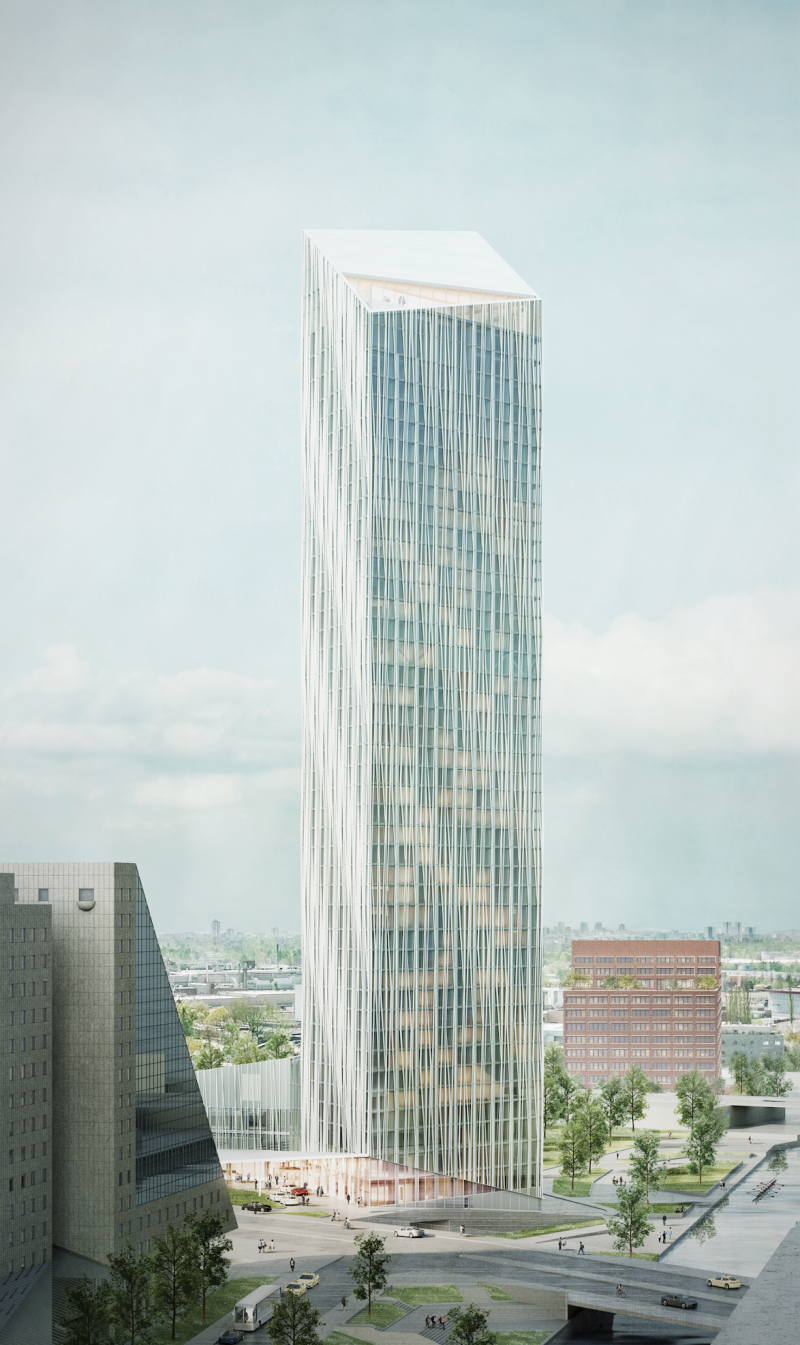
Neukölln is building for the future
But it is not only trams and bicycles that will give Hermannplatz a new face in the foreseeable future: The historic Karstadt building, first erected in 1929, blown up after the war and rebuilt in 1952, will be completely rebuilt and refurbished and should shine in all new splendour from 2027. For this purpose, the building will be gutted, a three-storey extension will be added in timber construction and the façade will be recreated in the style of the historical model with bricks. The construction work is expected to take about four years. Architect David Chipperfield wants to give the historic monument new accents through the conversion. In order to revive the glamorous department stores' of the 1920s, the design of the department stores' is based on its original form before the Second World War. By refurbishing instead of demolishing the building and using wooden components, the climate is also protected - with up to 70% CO2 savings compared to conventional methods.
The dynamic development of Berlin and Neukölln increases the need for event space and accommodation. And in this respect, a lot is happening in the immediate vicinity of the Klingsöhr development project NEUE UFER with the SHED and HOHE NEUN projects. Only this year, Germany's largest hotel Estrel opened a new congress centre with auditorium and conference rooms on Sonnenallee. In total, the ECC (Estrel Congress Center) can offer 30,000 square metres of event space. And the Estrel's imposing building project will reach even greater dimensions: The new hotel tower will have 525 rooms and 90 serviced flats on 45 floors. At 176 metres, the new tower will also be Germany's tallest hotel and Berlin's tallest building. Construction began this year and is scheduled for completion by the end of 2024.
3_In the media
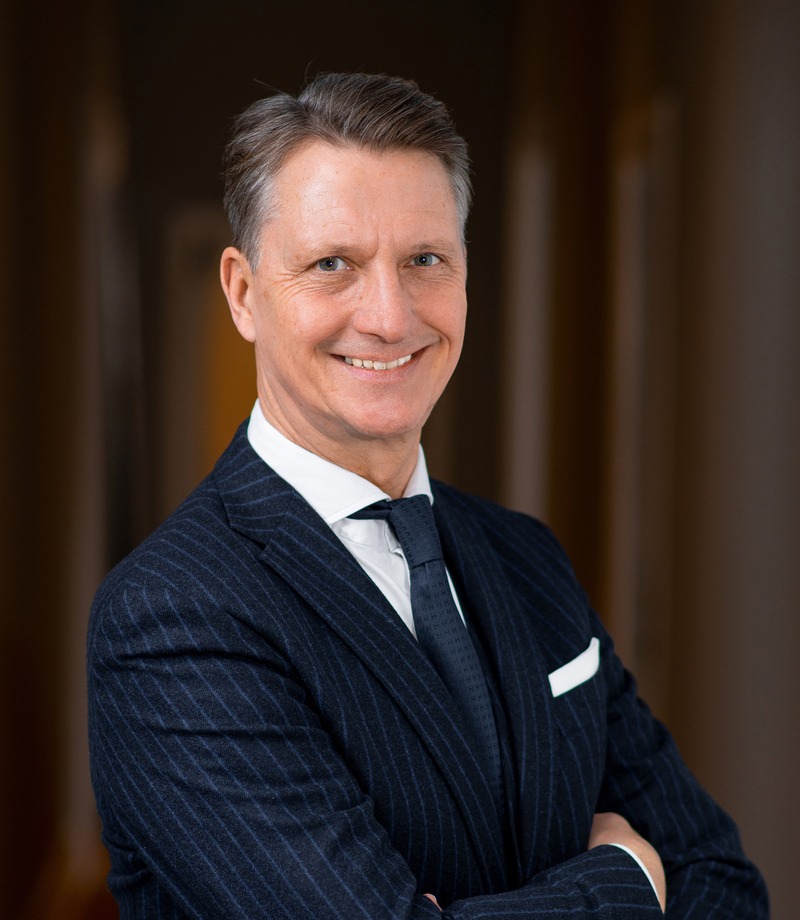
Equity loans as a means of gaining a foothold in the housing market
A commentary by Stefan Klingsöhr, Managing Director Klingsöhr Group
Nothing in German housing policy should surprise anyone any more. It has long been characterised by a destructive spirit. But in recent years, the excess demand in some large cities and conurbations has made the situation even worse. Instead of strengthening the autonomy and agency of the individual, as would be natural in a liberal democracy, people are trying political market interventions. And fail. And tries again. And fails again.
In the process, one possible measure has so far been largely ignored: state equity loans, which as "equity loans" are a firm pillar of housing policy in the UK, would help many people immediately. Firstly, they could emancipate themselves from the role of rent-seeking supplicants and secondly, they could build up assets instead of paying rent to a third party - which would have a positive effect on social security. The treasury could borrow the funds for these loans on the capital markets at negative interest rates, so the state budget would be relieved even if they were granted without interest.
Alone, such a step would be a complete departure from the federal German tradition - and for this reason alone it is forbidden for many politicians. An important source of this dilemma lies in a destructive mixture of ideology and factual misconceptions. Probably the most fundamental error is that the law of demand and supply can be overridden by state intervention and central control. In fact, exactly the opposite is the case, of which Berlin is a glittering example. After all, even in the former GDR it was not possible to meet the demand for housing, despite the planned economy and socialist prefabricated housing - or precisely because of it.
The real socio-economic problems on the housing market are therefore not a sensible justification for state regulation, but rather its result. As long as supply does not meet demand, as long as Germany remains a tenant country, there will be no real equality of opportunity. As long as not enough flats are created, natural fluctuation on the markets will continue to be prevented. With the result that elderly single people live in large flats, while families of five have to manage with three rooms.
Yet it would be so simple. Economically, my proposal is easy to calculate: Let's assume a 100-square-metre flat with a cold rent of 700 euros. Until now, this sum has gone directly into the landlord's account. In the model I would like to discuss, things would be different: with a volume of 500,000 euros including incidental purchase costs and an equity ratio of 40 per cent, the person concerned would have to borrow 300,000 euros from his bank, at currently about one per cent interest - i.e. ongoing initial interest costs of 250 euros per month. On top of that, there would be about 100 euros in house payments, so the total would be 350 euros (or only 3.50 €/m² per month). The real housing costs would be halved.
The repayment of the bank loan and the equity loan would not be taken into account in the calculation. The previous tenants would ultimately acquire ownership. The majority of their expenses would not flow away, but would increase their wealth. For the state budget, which is burdened by transfer payments, as well as for the pension insurance, such a model for equity procurement would be a real game changer. Not to mention the housing market.
This article first appeared in August 2021 under the title "State equity loans are the gamechanger" in Handelsblatt Inside Real Estate.
4_In detail
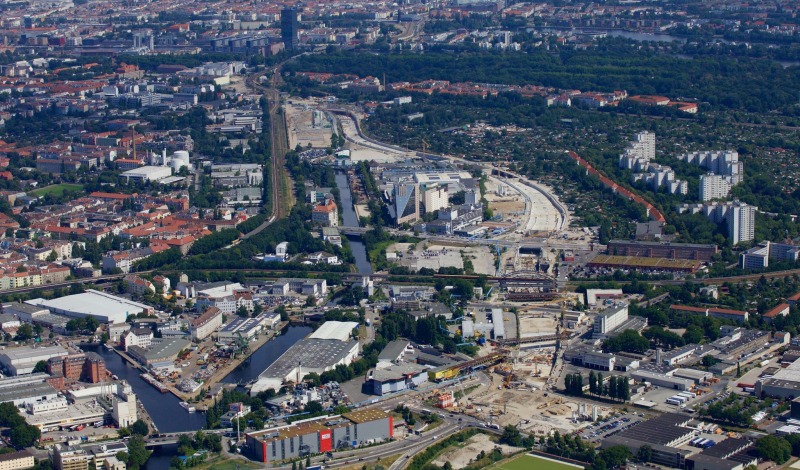
Neukölln: connectivity, workforce, (upcoming) A-location?
Neukölln is known for its international flair and attracts as one of Berlin's most dynamic districts that is constantly changing. With its mix of multicultural neighbourhoods, streets of old buildings and a modern cultural and gastronomic scene, it has been one of the most important arguments for coming to Berlin for years, especially for young professionals from Germany and abroad. It attracts not only creative people and artists - but also the professionals of tomorrow. Accordingly, Neukölln is also one of the youngest parts of the capital: just over two-thirds of Neukölln's population is of working age - within the S-Bahn ring, only Mitte and Friedrichshain-Kreuzberg, which directly adjoins Neukölln to the north, have a higher figure.
Same quality of location - with fewer compromises
That the district offers the best conditions for successful settlements is also shown by the diverse business landscape - whether small, medium-sized or large companies, whether start-ups or traditional businesses. More than 10,000 companies are firmly rooted in Neukölln. In addition to the established players from more traditional sectors such as the electrical and automotive industries, food production and the chemical-pharmaceutical industry, a dynamic start-up scene has also emerged. Over a thousand start-ups a year prove that Neukölln does not have to hide behind the better-known location brands.
In fact, there is even a strong argument for the district being to the south of the long-standing top locations - Neukölln is anything but a compromise in many cases. None of the "competitors" mentioned, for example, offers such a fast connection to BER airport, and in contrast to Kreuzberg or Mitte, Neukölln still has a significantly larger amount of developable land and potential for long-term growth. In addition, there is the A 113 motorway, which starts at the Neukölln junction, and the A 100, which is currently under construction and will provide an even better connection to the east and north-east of the capital region. Located directly on the S-Bahn ring, Südkreuz is also an ICE railway station that can be reached in just a few minutes. Last but not least, compared to the traditional prime locations in the city centre, rents in Neukölln are much more affordable: depending on requirements, savings of 25 to 30 per cent are not uncommon in new and existing buildings.
Neukölln catching up fast
Last but not least, the south of Neukölln in particular is an industrial powerhouse: In recent years, the industry has modernised and the sector mix has increasingly developed from traditional production to a technology and research focus characterised by innovation and diversity. This, too, shows the further potential.
Neukölln is not the city centre and will perhaps never be able to compete with Potsdamer Platz or Mediaspree as a top address - but it inspires with its broad spectrum of industries, its research-oriented orientation and its enormous growth potential. Ideally connected, the Kiez will develop ever more strongly in the coming years. Companies should secure their place early.

